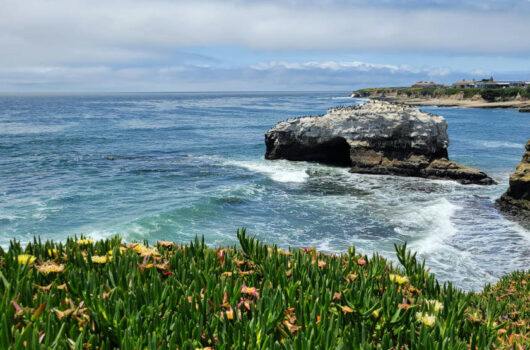The present and future of flavor in high-energy cosmic neutrinos
The present and future of flavor in high-energy cosmic neutrinos
Please contact erule@berkeley.edu for zoom links.
The flavor composition of high-energy cosmic neutrinos, i.e., the proportion of neutrinos of different flavor in their flux—electron, muon, and tau—is a versatile observable to test astrophysics and particle physics. For astrophysics, it allows us to identify the neutrino production process and so narrow down the identity of their sources. For fundamental physics, it allows us to probe physics beyond the Standard Model at hitherto untested energies. Yet, so far, the experimental difficulties involved in measuring flavor composition in IceCube have hampered its physics reach. Fortunately, this may be for not much longer, thanks to upcoming, larger neutrino telescopes. I will show state-of-the-art forecasts for the measurement of the flavor composition of TeV-PeV cosmic neutrinos in the next two decades using the combined detection by multiple neutrino telescopes. Together, they could enable measurements of the energy dependence of the flavor composition—revealing changes in the neutrino production process—and of its directional dependence—revealing flavor asymmetries in the high-energy neutrino sky. I will conclude by proposing novel techniques to extend flavor-composition measurements to ultra-high energies, beyond 100 PeV, using large-scale neutrino radio-detection in IceCube-Gen2 and GRAND.



